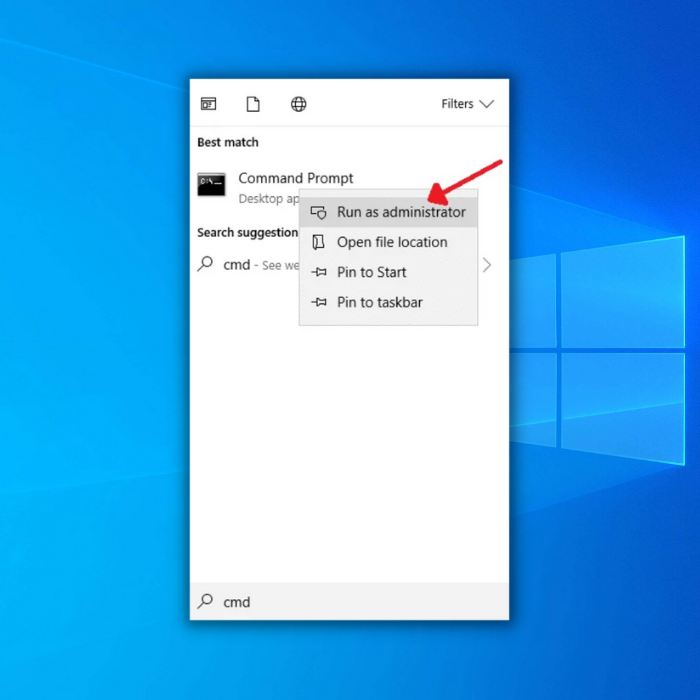![[Full Guide] Disabling the Microsoft Edge WebView2 Runtime](https://cdn.techloris.com/app/uploads/2023/03/What-is-Microsoft-Edge-WebView2-Runtime-and-How-to-Disable-It.png)
[Full Guide] Disabling the Microsoft Edge WebView2 Runtime
If you’re a Microsoft Edge user, you may have encountered the Microsoft Edge WebView2 Runtime at some point. This technology, built on the underlying web platform, allows developers to incorporate web code into their native applications, embedding web content directly into those apps.
As a result, hybrid applications can function properly without requiring the user to open a browser window. While the WebView2 Runtime is installed automatically with Microsoft Office apps, it can also be installed offline and used in other environments. However, if you’re running low on disk space or notice high CPU usage in your Task Manager’s Details tab, you may want to disable it temporarily or stop it from auto-installing.
In this article, we’ll discuss the Microsoft Edge WebView2 Runtime, how to install and uninstall it safely, and how to disable it using the command prompt or developer control.
What is Microsoft Edge Webview2 Runtime?

Microsoft Edge WebView2 Runtime is an environment that enables developers to incorporate web code into their native applications. This runtime environment uses the latest rendering engine from Microsoft Edge, allowing developers to display web content in their applications. By doing so, developers can create hybrid applications that offer users a seamless experience while integrating web technologies.
The Edge WebView2 Runtime is included in the evergreen standalone installer of Microsoft Edge. It is installed automatically with Microsoft Office apps or offline using the full-blown installer. Once installed, the WebView2 Runtime executable file is in the Program Files or Downloads folder.
The Edge WebView2 Runtime is designed to function properly in online and offline environments, enabling developers to embed web content and offer users a more feature-rich experience.
Most Common Microsoft Edge WebView2 Runtime Error Codes

Users have experienced several errors related to the Microsoft Edge WebView2 runtime. Here are some of the most common ones:
- Error code 193 – This error usually appears during a faulty installation of WebView2 runtime. Reinstalling the runtime is recommended to fix this issue.
- Error code 259 – This error can be resolved by terminating the WebView2 process.
- Error code 5 – It is advisable to attempt a computer restart before completely uninstalling the runtime.
- Error code Citrix – To resolve this problem, add the WebView2 process as an exception to all Citrix hooks.
Do I Have Edge WebView2 Installed on My PC?
To check if the Microsoft Edge WebView2 Runtime is installed on your computer,
- Simultaneously press the Windows key and the letter “I” to open the Settings app.
- Navigate to “Apps,” followed by “Apps and Features.”
- Inside the search bar, type “WebView2”.
- If the Microsoft Edge WebView2 Runtime appears, it is installed on your computer.
Does Uninstalling the Edge Browser Also Uninstall Edge WebView2?
There is a common misconception that the WebView2 runtime is a component of the Edge browser and can be uninstalled by removing the browser. However, this is not the case.
The WebView2 Runtime is a distinct installation that operates independently from the Edge web browser. Although both employ the same rendering engine, they utilize different files and are installed separately.
Should I Delete Microsoft Edge WebView2 Runtime?
It’s not advisable to uninstall Microsoft Edge WebView2 Runtime unless the component has a significant problem. This is because many apps and Office add-ins, such as the File Explorer PDF preview, New Media Player, and Photos app, rely on it to function correctly. Uninstalling it may result in these apps malfunctioning or not working altogether.
Microsoft Edge WebView2 is now an essential part of the operating system since Windows 11, and for Windows 10, developers are encouraged to build their applications using the WebView2 runtime.
2 Ways to Disable Microsoft Edge WebView2 Runtime
Disable it from Task Manager
To access the Microsoft Edge WebView2 Runtime process and disable it via the Task Manager,
- Simultaneously press CTRL + SHIFT + ESC on your keyboard to open Task Manager.
2. Navigate to the “Details” tab.

3. Scroll down until you locate the Microsoft Edge WebView2 runtime process.
4. Click on the process to select it.
5 Choose “End task” to disable the process.

Uninstall via Silent Mode
- Open the search bar by clicking the magnifying glass icon and typing “cmd.”

2. To open the Command Prompt application, right-click on the top result.
3. Choose “Run as Administrator.”
4. Navigate to the path where the program is installed by typing the following command and pressing Enter: “cd C:\Program Files (x86)\Microsoft\EdgeWebView\Application\101.0.1210.53\Installer”

5. Paste the command below and press Enter to uninstall it silently: “setup.exe –uninstall –msedgewebview –system-level –verbose-logging –force-uninstall”

6. The Microsoft Edge WebView2 runtime is now uninstalled.
If you remove Microsoft Edge WebView2, it will free up more disk space (over 475 MB) and around 50-60 MB of RAM that it uses in the background, which can be helpful if you have a less powerful computer. Keep in mind that if you uninstall this program, you won’t be able to use certain features of Microsoft 365, particularly those related to Outlook, as these features rely on WebView to function properly.
Conclusion: Microsoft Edge WebView2 Runtime
The Microsoft Edge WebView2 Runtime is a useful technology that allows developers to embed web content into their native applications, creating hybrid apps that offer a seamless experience.
While it’s not advisable to uninstall this program unless there is a significant issue, it is possible to disable it temporarily or stop it from auto-installing using the command prompt or developer control. If you do decide to remove it, keep in mind that certain features of Microsoft 365, such as those related to Outlook, may no longer function correctly.



![[Full Guide] Fixing Windows Update Error 0x80070103](https://cdn.techloris.com/app/uploads/2023/03/How-to-Fix-Windows-Update-Error-Code-0x80070103-1.png)
